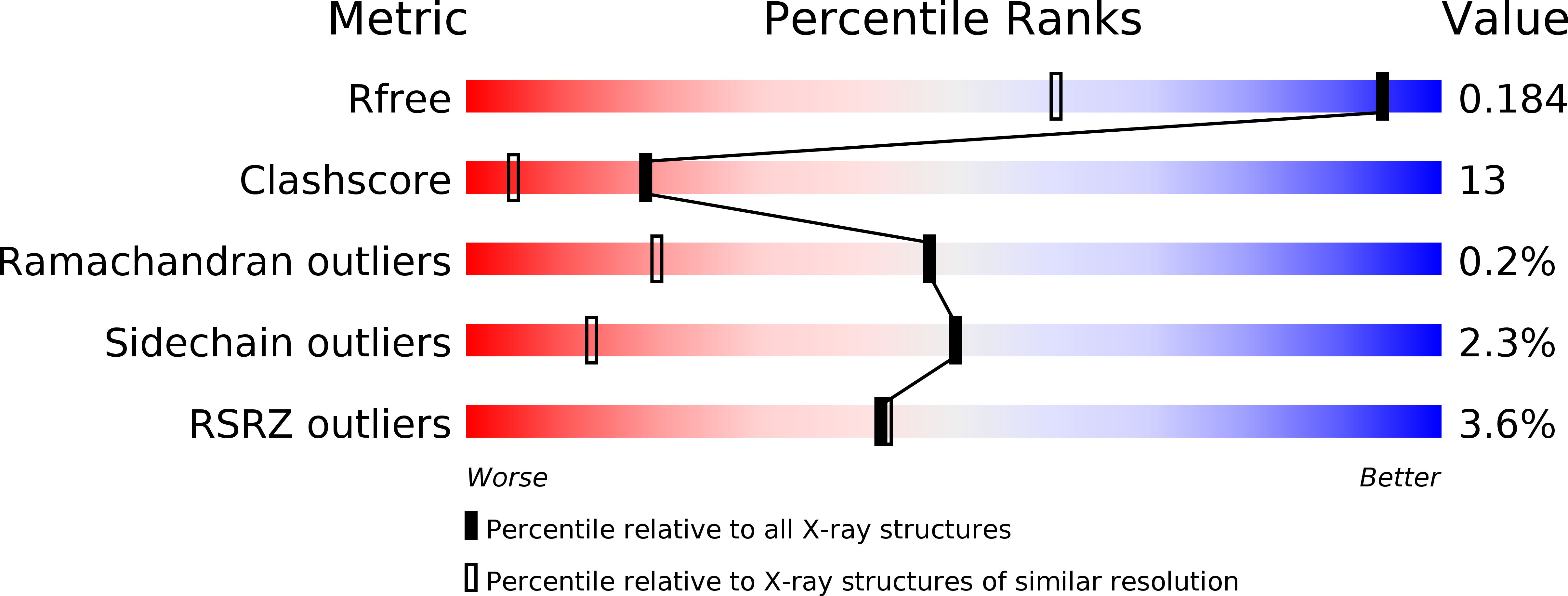
Deposition Date
2003-08-08
Release Date
2004-05-18
Last Version Date
2024-02-14
Entry Detail
PDB ID:
1Q5M
Keywords:
Title:
Binary complex of rabbit 20alpha-hydroxysteroid dehydrogenase with NADPH
Biological Source:
Source Organism:
Oryctolagus cuniculus (Taxon ID: 9986)
Host Organism:
Method Details:
Experimental Method:
Resolution:
1.32 Å
R-Value Free:
0.17
R-Value Work:
0.14
R-Value Observed:
0.14
Space Group:
P 1 21 1


